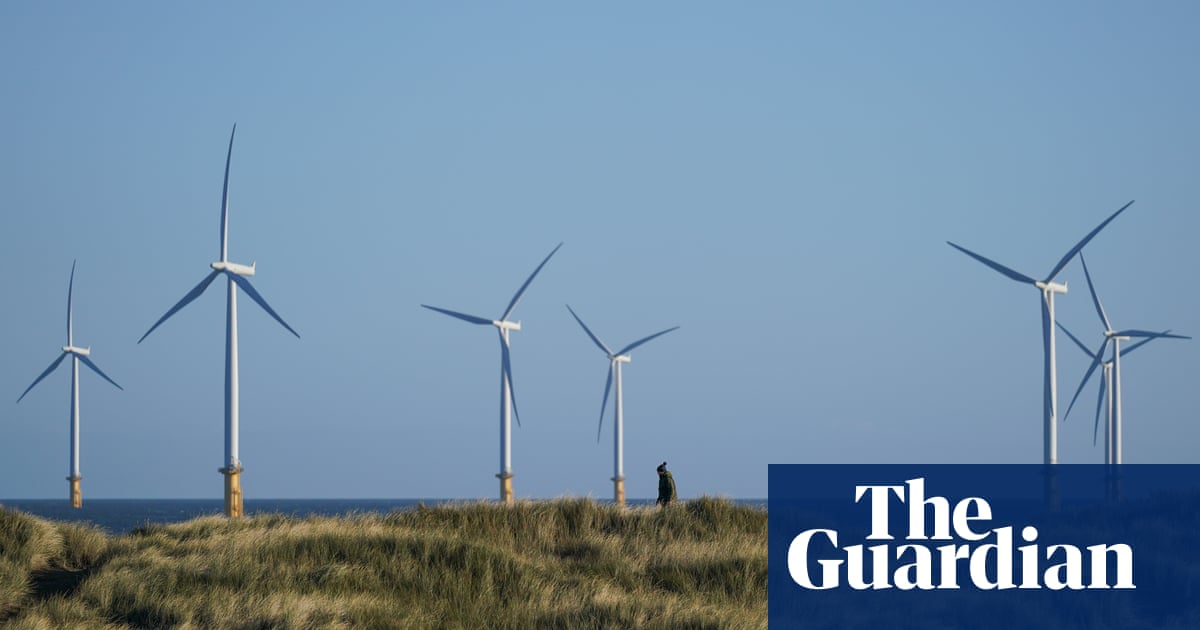
The Danish wind power firm Ørsted has warned that up to 10 of its giant offshore windfarms around the UK and Europe will need urgent repairs because their subsea cables have been eroded by rocks on the seabed.
The renewables firm, which is behind plans to build the world’s largest offshore windfarm off the Yorkshire coast at Dogger Bank, told investors it might need to spend up to DKK3bn (£350m) over the next two years to repair the cables.
Ørsted has found that the rocks placed at the base of the wind turbine foundations to prevent the erosion of the seabed were responsible for wearing down the cable protection system which, in a worst case scenario, could cause the cables to fail.
The problem was first discovered earlier this year after its Race Bank offshore windfarm off the Norfolk coast, which can generate enough electricity to power 3.2m homes, suffered an outage due to cable damage caused by the seabed rocks. The windfarm includes 91 turbines standing in ocean depths of between 19ft and 85ft.
Marianne Wiinholt, Ørsted’s chief financial officer, said: “When we investigated the cause we found that more cables were damaged, and that the damage is caused by the fact that the cable protection system … is placed on top of rocks. With movement in the sea, these cable protection systems get damaged.”
The company did not name the other windfarms that may need repairs, but the majority of its European projects are based in the UK. Ørsted’s 12 UK windfarms generate enough electricity to power 4.2m British homes a year, contributing a significant amount of the UK’s renewable electricity.
Ørsted is considering a two-phase approach to the problem. In phase 1, the company plans to stabilise its cable protection systems to prevent further damage, which may include a low-cost plan to “dump more rocks” on top of the cables to keep them in place and prevent the movement that leads to erosion.
In phase 2, the company will begin repairing or replacing cables that are already damaged, which is likely to be more expensive.
John Musk, an analyst at RBC Capital, said the cable damage was “likely to cause concern for investors until the full cost implications are ironed out”, and might also raise concerns over whether other offshore wind developers would face similar issues.
Offshore wind made up 13% of the UK’s total electricity generation last year, surpassing onshore wind for the first time. The government expects offshore wind to play a major role in the UK’s future electricity system, and aims to quadruple the UK’s offshore wind capacity to generate enough electricity to power every home in the UK.












